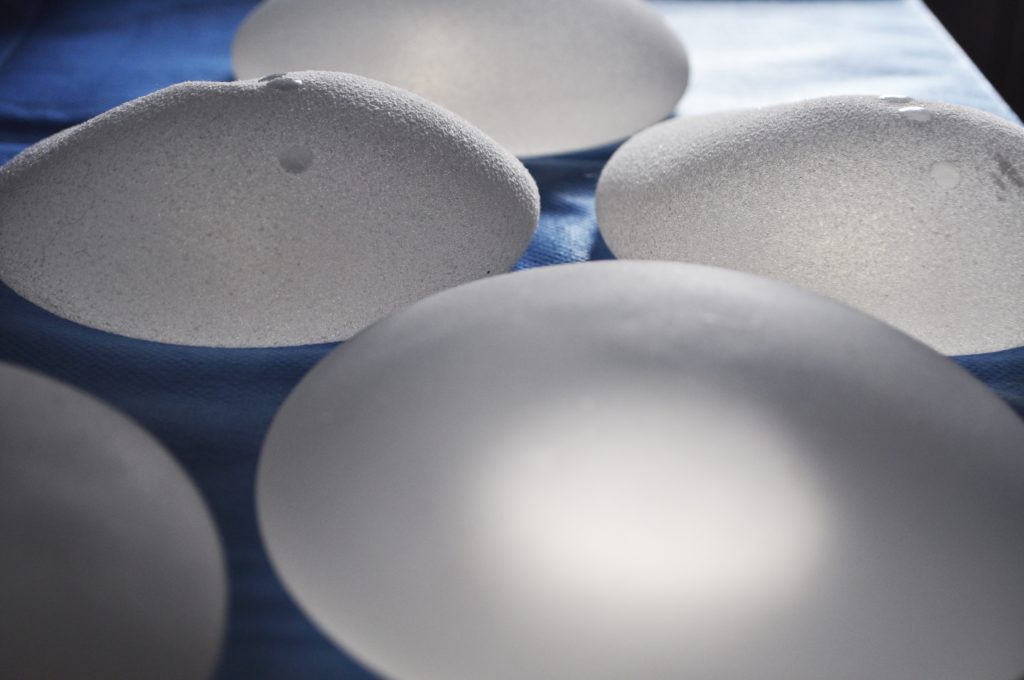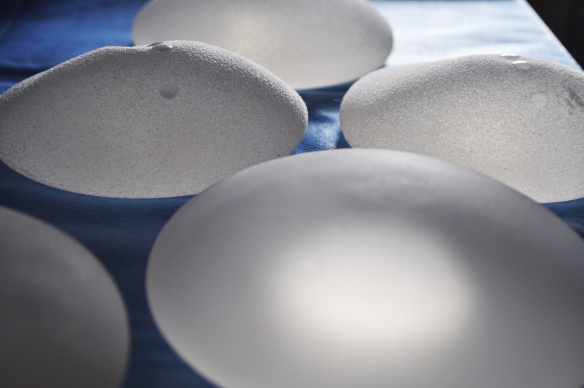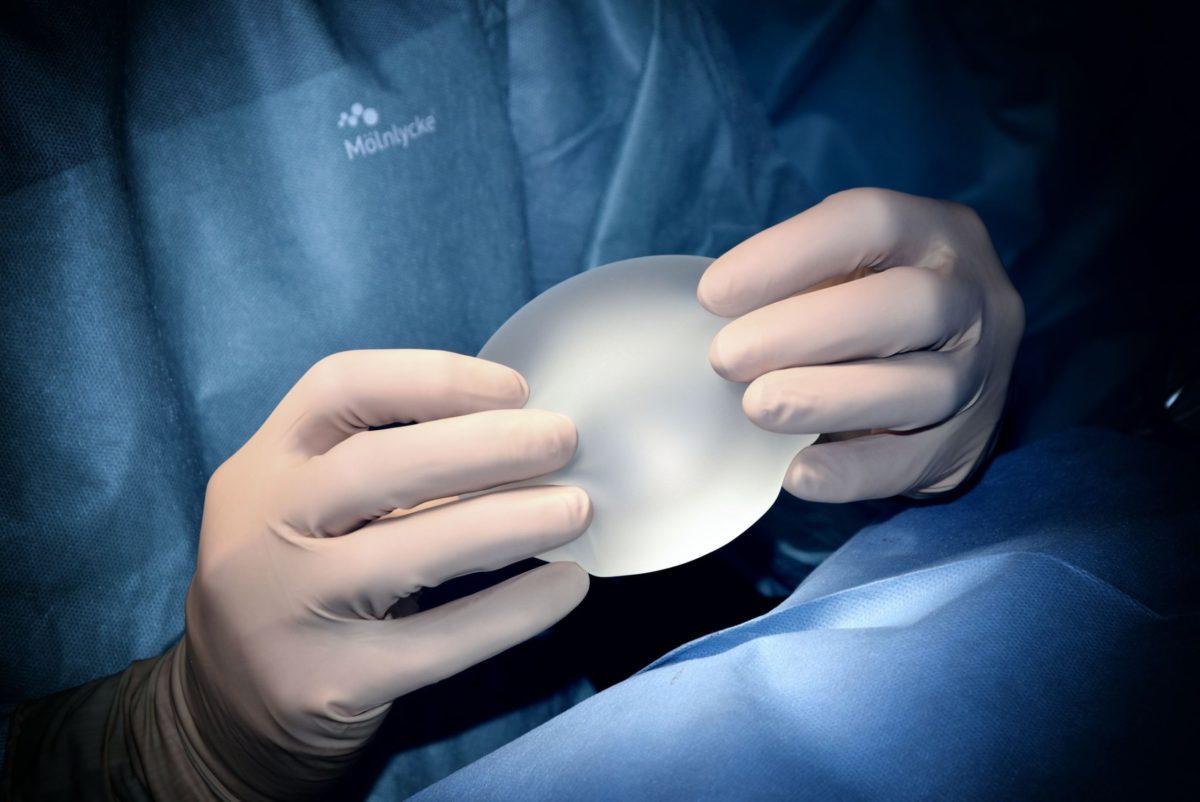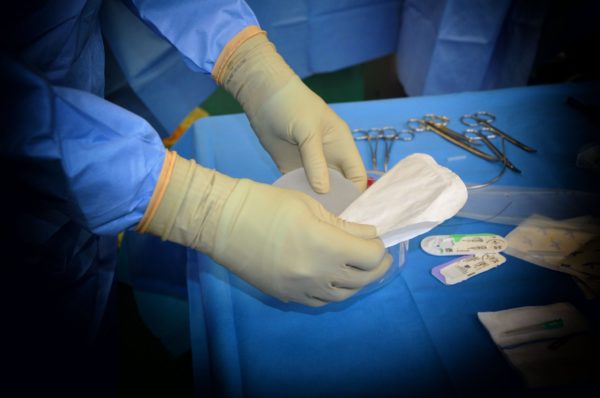Summary of recent reports
Does Breast Implant-Associated ALCL Begin as a Lymphoproliferative Disorder?
Plastic and Reconstructive Surgery: January 2020 – Volume 145 – Issue 1 – p 30e-38e
Molecular Drivers of Breast Implant-Associated Anaplastic Large Cell Lymphoma
Appearing in the Plastic and Reconstructive Surgery breast implant-associated anaplastic large cell lymphoma (BIA-ALCL) supplement,
Awareness and Outcome Tracking from the Italian Ministry of Health
Plastic and Reconstructive Surgery: May 2018 – Volume 141 – Issue 5 – p 777e-779e
doi: 10.1097/PRS.0000000000004277
Breast implant-associated anaplastic large T-cell lymphoma (BIA-ALCL) was first recognized by the World Health Organization in 2016.
Cases worldwide continue to increase, with >800 cases confirmed through a combination of the FDA, verified reports, and registries.
33 deaths currently reported.
Does Breast Implant-Associated ALCL Begin as a Lymphoproliferative Disorder?
Kadin, Marshall E. M.D.; Adams, William P. Jr. M.D.; Inghirami, Giorgio M.D.; Di Napoli, Arianna M.D., Ph.D.Author Information
Plastic and Reconstructive Surgery: January 2020 – Volume 145 – Issue 1 – p 30e-38e
doi: 10.1097/PRS.0000000000006390
Breast implant-associated anaplastic large cell lymphoma (BIA-ALCL)
provisional entity in the revised version of the:
World Health Organization Classification of Tumors of Haematopoietic and Lymphoid Tissue.
To increase opportunities to intervene with early diagnosis, treatment, and possible prevention, it is important to consider that BIA-ALCL may evolve from a preexisting lymphoproliferative disorder characterized by
(1) an indolent localized (in situ) disease in approximately 80 percent of reported cases;
(2) a requirement for external cytokine stimulation for cell survival;
(3) CD30+ cells in some clinically benign seromas/capsules;
(4) undetected T-cell clonality in some cases;
(5) JAK/STAT mutations in only a minority of cases;
(6) cure by capsulectomy and implant removal in most cases.
BIA-ALCL resembles CD30+ cutaneous lymphoproliferative disorder:
ALK-, CD30+ anaplastic cells with an aberrant T-cell phenotype;
overexpression of oncogenes (JUNB, SATB1, pSTAT3, SOCS3) in lymphomatoid papulosis; frequent apoptosis;
complete spontaneous regression in lymphomatoid papulosis;
partial spontaneous regression in cutaneous ALCL.
However, BIA-ALCL cannot be readily observed over time to study the different steps in the progression to ALCL.
BIA-ALCL also shares features of lymphomas of mucosa-associated lymphoid tissue:
(1) clinically indolent;
(2) initially localized;
(3) antigen-driven
(4) caused by Gram-negative bacteria.
Further studies of cytokines, clonality, mutations, and other biomarkers are needed to identify possible premalignant steps in the evolution of benign late seromas to BIA-ALCL.
Molecular Drivers of Breast Implant-Associated Anaplastic Large Cell Lymphoma by Blombery et al.
Appearing in the Plastic and Reconstructive Surgery breast implant-associated anaplastic large cell lymphoma (BIA-ALCL) supplement,2 the article concisely reviews the current literature surrounding the molecular mechanisms implicated in the pathogenesis of this rare malignancy.
Research: the genetic drivers of the disease and the role of the JAK/STAT3 pathway in the pathogenesis of BIA-ALCL.
Elucidating the molecular mechanisms responsible for BIA-ALCL tumorigenesis and progression remains a challenge.
A number of hypotheses attempting to explain the pathogenesis of BIA-ALCL have been put forth. Although limited scientific evidence has precluded the development of a unifying theory,
4 inciting events
- such as repetitive trauma to the breast pocket
- macrophage phagocytosis of particulate matter (e.g., silicone from the implant),
- bacterial inoculation, viral pathogens,
- allergen-driven cause has been postulated.
In combination with one or more of these postulates, aberrant gene expression is also thought to play a critical role in the oncogenic transformation of BIA-ALCL as it progresses from a chronic inflammatory state to a full-blown malignancy
The recent use of next-generation sequencing has yielded unprecedented molecular data that have provided insight into the pathogenesis of BIA-ALCL
Novel, oncogenic mutations in the JAK/STAT3 pathway and point mutations in TP53 and DNMT3A have been described.
Immunohistochemical studies have shown STAT3 activation in 100 percent of tested BIA-ALCL tumour specimens. Administration of a STAT3 inhibitor has been shown to induce tumour cell death in heterotransplanted immunodeficient mice.
Collectively, these data suggest that persistent JAK/STAT3 activation is a main driver of BIA-ALCL.
This is significant, as aberrant STAT3 signalling is known to be the mechanistic link between chronic inflammation and malignant transformation in other cancers.
Although oncogenomic research continues to provide important clues regarding the molecular mechanisms of BIA-ALCL, a better understanding of JAK/STAT3 signaling as it relates to malignant transformation and progression of BIA-ALCL is needed.
Future investigations should focus on the comprehensive analysis of the genome (including the epigenome) and the transcriptome and should include the use of corresponding healthy control tissue.
ACKNOWLEDGEMENTS
Ryan C. DeCoster, M.D., is supported by a Surgeon-Scientist training grant from the National Cancer Institute (T32CA160003).
The authors are currently the recipients of a Southeastern Society of Plastic and Reconstructive Surgeons Research Grant to investigate the molecular mechanisms of BIA-ALCL.
The authors would like to thank the Markey Cancer Center’s Research Communications Office for providing editorial assistance in the preparation of this communication.
DISCLOSURE
The authors have no associations or financial disclosures to report that create a conflict of interest with the information presented in this communication.
Ryan C. DeCoster, M.D.
Lucille P. Markey Cancer Center and Division of Plastic and Reconstructive Surgery
University of Kentucky
Lexington, Ky.
Brian D. Rinker, M.D.
Division of Plastic and Reconstructive Surgery
Mayo Clinic
Jacksonville, Fla.
Timothy A. Butterfield, Ph.D.
Departments of Rehabilitation Sciences and Physiology
Henry C. Vasconez, M.D.
Division of Plastic and Reconstructive Surgery
University of Kentucky
Lexington, Ky.
REFERENCES
- Blombery P, Thompson ER, Prince HM. Molecular drivers of breast implant-associated anaplastic large cell lymphoma. Plast Reconstr Surg. 2019;143(3S A Review of Breast Implant-Associated Anaplastic Large Cell Lymphoma):59S–64S.
Cited Here - Rohrich RJ. “A Review of Breast Implant-Associated Anaplastic Large Cell Lymphoma”: The Supplement. Plast Reconstr Surg. 2019;143(3S A Review of Breast Implant-Associated Anaplastic Large Cell Lymphoma):1S–2S.
Cited Here | View Full Text | PubMed | CrossRef - Kadin ME, Deva A, Xu H, et al. Biomarkers provide clues to early events in the pathogenesis of breast implant-associated anaplastic large cell lymphoma. Aesthet Surg J. 2016;36:773–781.
Cited Here | View Full Text | PubMed | CrossRef - Rastogi P, Riordan E, Moon D, Deva AK. Theories of etiopathogenesis of breast implant-associated anaplastic large cell lymphoma. Plast Reconstr Surg. 2019;143(3S A Review of Breast Implant-Associated Anaplastic Large Cell Lymphoma):23S–29S.
Cited Here
Awareness and Outcome Tracking from the Italian Ministry of HealthNava, Maurizio Bruno M.D.; Catanuto, Giuseppe M.D., Ph.D.; Rocco, Nicola M.D.Author Information
Plastic and Reconstructive Surgery: May 2018 – Volume 141 – Issue 5 – p 777e-779e
doi: 10.1097/PRS.0000000000004277
Because of the activity of Campanale’s group with the General Directorate of Medical Devices and Pharmaceutical Services of the Italian Ministry of Health, an official document has been distributed by the Italian Ministry of Health to all the Italian medical associations presenting BIA-ALCL characteristics and encouraging all physicians to notify BIA-ALCL cases through a dedicated on-line form in a database named Dispovigilance.
According to the rarity of BIA-ALCL, collecting cases in shared databases represents the only way to obtain better knowledge about this disease, in terms of etiopathogenesis, clinical and pathologic features and diagnostic and therapeutic pathways.
A European database and the United States registry named Patient Registry and Outcomes for Breast Implants and Anaplastic Large Cell Lymphoma Etiology and Epidemiology (PROFILE) have also been created.
The estimated risk of BIA-ALCL for women carrying breast implants has been reported to be one to three per 1 million patients per year from the only case-control study available in literature.
The Italian Dispovigilance database shows a list of 22 Italian BIA-ALCL cases up to April of 2017, with an incidence estimated by the authors of 2.8 per 100,000 patients in 2015 and 2.3 per 100,000 patients in 2016. This incidence appears to be 10-fold higher than those previously assessed.
Many implants, especially those implanted in the past years, could be outside of their findings, thus leading to an overestimation of BIA-ALCL incidence and explaining the higher estimated ratio in comparison with previously reported incidences, which they presented in the article.
Sieber and Adams confirm the importance of numerators and denominators when calculating risks.
They state that the number of worldwide implants has been frequently misquoted as 7 to 9 million implants, Recent analysis has found that there are probably over 35 million patients with breast implants worldwide and therefore they consider all risk estimations are distorted based on this misnomer.
DISCLOSURE
None of the authors has a financial interest in any of the products, devices, or drugs mentioned in this communication.
Maurizio Bruno Nava, M.D.
Valduce Hospital
Como, Italy
University of Milan
Milan, Italy
G.RE.T.A. Group for Reconstructive
and Therapeutic Advancements
Milan, Naples, and Catania, Italy
Giuseppe Catanuto, M.D., Ph.D.
G.RE.T.A. Group for Reconstructive and Therapeutic Advancements
Milan, Naples, and Catania, Italy
Multidisciplinary Breast Unit
Azienda Ospedaliera Cannizzaro
Catania, Italy
Nicola Rocco, M.D.
G.RE.T.A. Group for Reconstructive
and Therapeutic Advancements
Milan, Naples, and Catania, Italy
Department of Clinical Medicine and Surgery
University of Naples “Federico II”
Naples, Italy
REFERENCES
- Campanale A, Boldrini R, Marletta M22 cases of breast implant-associated ALCL: Awareness and outcome tracking from the Italian Ministry of health. Plast Reconstr Surg. 2018;141:11e19e.
Cited Here - Clemens MW, Nava MB, Rocco N, Miranda RNUnderstanding rare adverse sequelae of breast implants: Anaplastic large-cell lymphoma, late seromas, and double capsules. Gland Surg. 2017;6:169184.
Cited Here - de Jong D, Vasmel WL, de Boer JP, et al.Anaplastic large-cell lymphoma in women with breast implants. JAMA 2008;300:20302035.
Cited Here - Doren EL, Miranda RN, Selber JC, et al.U.S. epidemiology of breast implant-associated anaplastic large cell lymphoma. Plast Reconstr Surg. 2017;139:10421050.
Cited Here - Sieber D, Adams WP JrWhat’s your micromort? A patient-oriented analysis of breast implant-associated anaplastic large cell lymphoma (BIA-ALCL). Aesthet Surg J. 2017;37:887891.
Cited Here - Adams WP JrDiscussion: Breast implant-associated anaplastic large cell lymphoma in Australia and New Zealand: High-surface-area textured implants are associated with increased risk. Plast Reconstr Surg. 2017;140:663665.
Cited Here - Srinivasa DR, Miranda RN, Kaura A, et al.Global adverse event reports of breast implant-associated ALCL: An international review of 40 government authority databases. Plast Reconstr Surg. 2017;139:10291039.
Cited Here - Loch-Wilkinson A, Beath KJ, Knight RJW, et al.Breast implant-associated anaplastic large cell lymphoma in Australia and New Zealand: High-surface-area textured implants are associated with increased risk. Plast Reconstr Surg. 2017;140:645654.
For information from the 1st World Consensus Conference on BIA-ALCL and Latest Statistics Information




